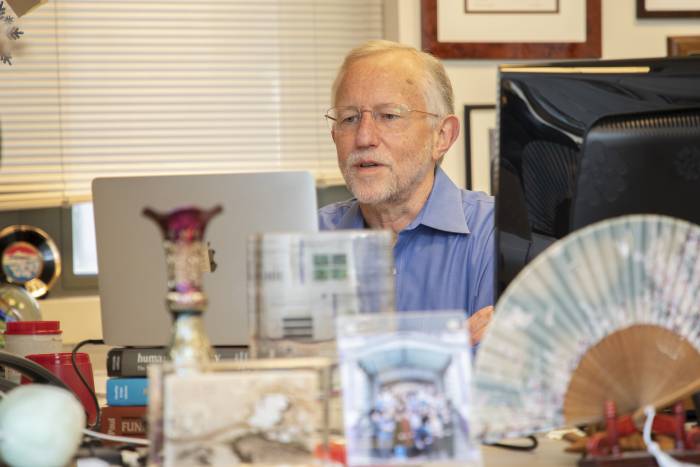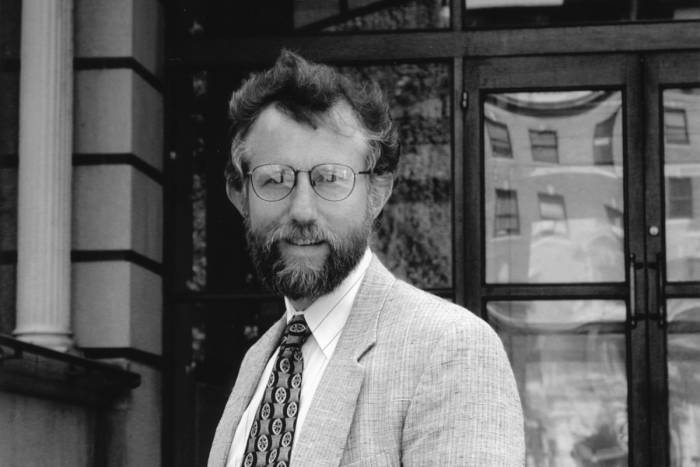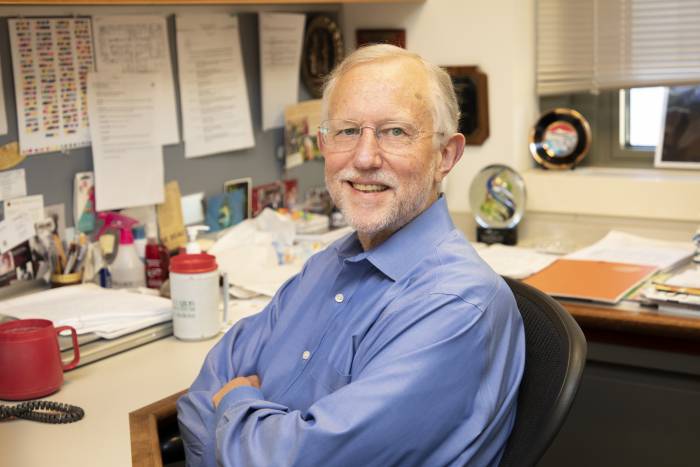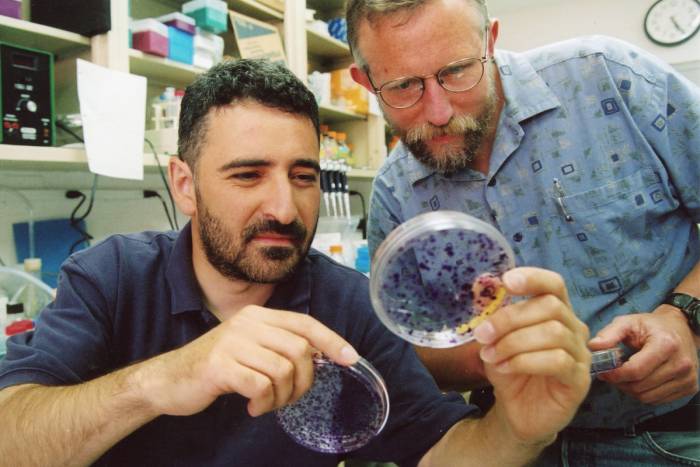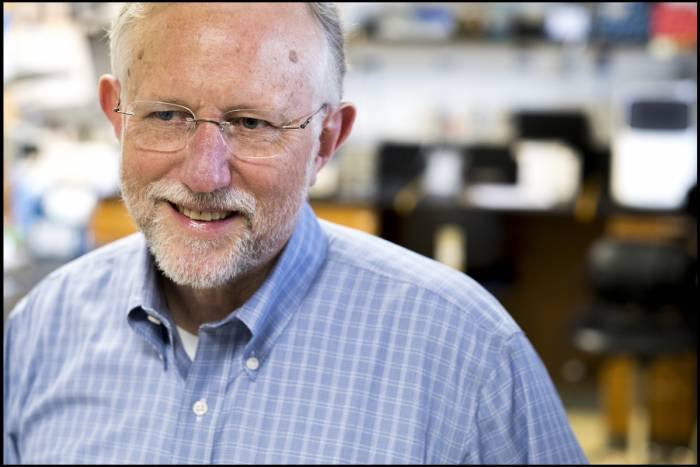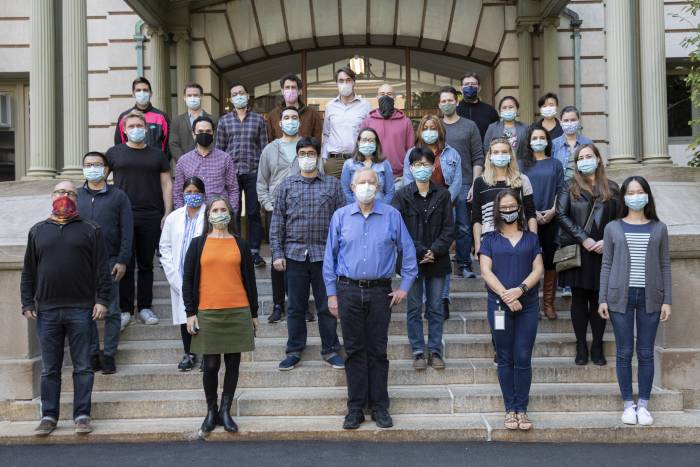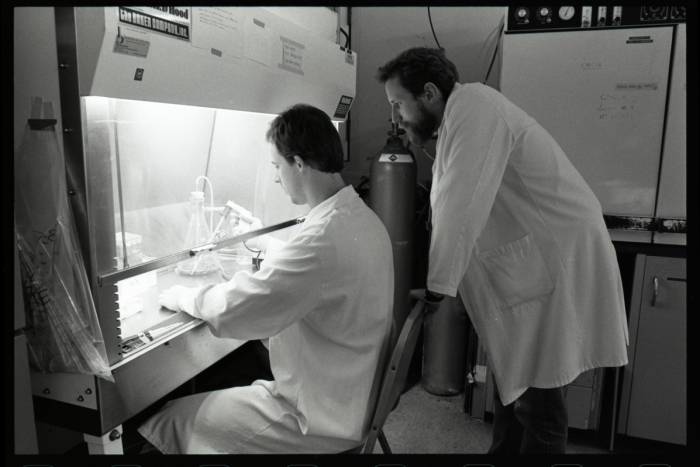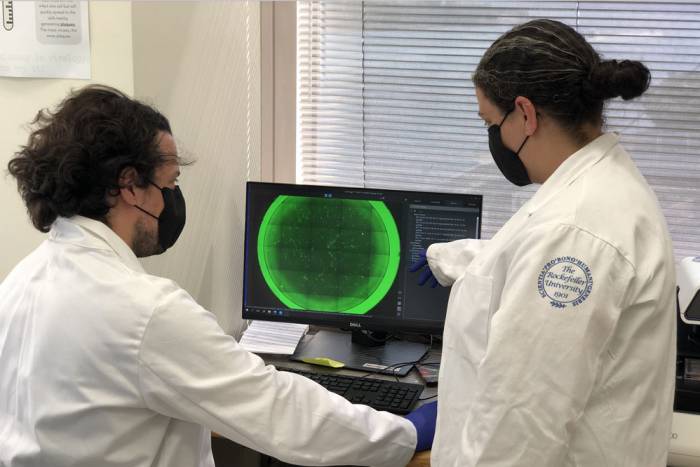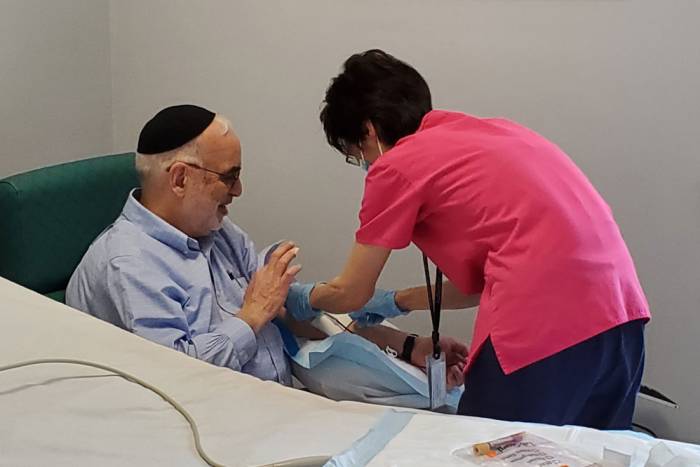Rockefeller's Charles M. Rice honored with Nobel Prize for research that contributed to a cure for hepatitis C
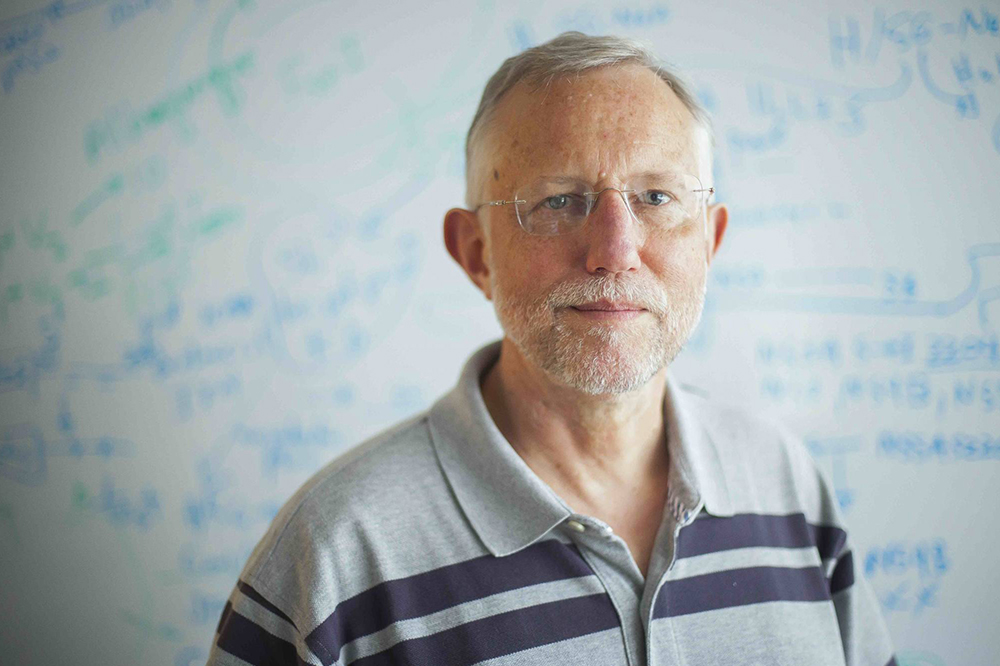
Charles M. Rice
Charles M. Rice, who studies disease-causing viruses and how the immune system defends against them, is this year’s recipient of the Nobel Prize in Physiology or Medicine, the Nobel Foundation in Stockholm, Sweden, announced today. Rice is the Maurice R. and Corinne P. Greenberg Professor in Virology and Head of the Laboratory of Virology and Infectious Disease.
He shares the prize with Harvey J. Alter of the National Institutes of Health and Michael Houghton of the University of Alberta. The three scientists each made discoveries that led to the identification and characterization of the virus responsible for hepatitis C, an aggressive disease that can lead to liver scarring or cancer.
After proving the virus’s role in hepatitis C, Rice’s continued research enabled the creation of three new classes of drugs to treat the infection. Studies have shown that a combination of these drugs can eradicate the virus, curing the disease.
“A chronic infection that has taken countless lives, hepatitis C is now curable. This biomedical advance, resulting directly from Charlie’s research, will save millions of lives,” says Richard P. Lifton, The Rockefeller University’s president. “His spectacular work on viruses perfectly embodies this university’s mission: science for the benefit of humanity. I am thrilled that he has been selected for the Nobel Prize, the highest honor in science.”
The virus now known to be responsible for hepatitis C came to light over a span of more than two decades. In 1970s, Alter demonstrated that a large number of cases of hepatitis were not caused by the pathogens known at the time—the hepatitis A and B viruses—but by an unknown infectious agent. In 1989, Houghton was able to piece together fragments of viral DNA from blood taken from hepatitis patients, revealing a novel RNA virus belonging to the same family as flaviviruses.
However, it remained unknown whether the newly identified virus was sufficient to cause the disease on its own. In fact, the published viral genome sequence failed to direct viral replication in human or animal cells and did not produce hepatitis in animals, thereby failing to establish a causal relationship between this virus and hepatitis.
This impasse lasted for seven years until Rice, who had been studying the flavivirus responsible for yellow fever, decided to take a closer look at the genome of the hepatitis C virus—and deduced that it was incomplete, missing a sequence found at the end of related viruses that is essential for initiation of replication. He and his colleagues searched for this presumed missing sequence at the end of the HCV genome and found it, completing the characterization of the viral genome in 1996. Rice then assembled a functional clone of the virus, and demonstrated in 1997 that the full-length viral RNA was sufficient to infect cells and produce hepatitis in animals. This formally proved that the hepatitis C virus was indeed the disease-causing agent in unexplained cases of hepatitis—a breakthrough that opened the door to subsequent drug discovery.
Along with Ralf Bartenschlager and Volker Lohmann, then at the Johannes-Gutenberg University Mainz, and others, Rice went on to develop sub-genomic amplicons of the virus that could replicate in cells without producing live virus, which made it possible to design assays to test for drugs capable of directly inhibiting viral replication. By 2013 the first in a series of such drugs, developed with the help of Rice’s technology, received FDA approval for use in patients, and several others were subsequently developed. In combination, these drugs can cure nearly all people with hepatitis C after a short course of treatment with virtually no toxicity.
In addition, Rice’s group has developed methods to test factors that limit infection in hepatitis C, hepatitis B, influenza A, dengue, yellow fever, Zika, chikungunya, and coronavirus. In response to the COVID-19 pandemic, Rice has used CRISPR technology to identify novel therapeutic targets for SARS-CoV-2, and translated techniques developed in his hepatitis C work to screen drugs for the ability to inhibit the coronavirus—work which is currently ongoing.
Rice is the 26th scientist associated with The Rockefeller University to be honored with the Nobel Prize. In addition to Rice, four other Nobel Prize winners are current members of the Rockefeller faculty: Michael W. Young (2017), Roderick MacKinnon (2003), Paul Nurse (2001), and Torsten Wiesel (1981).
Born in Sacramento, CA, in 1952, Rice received his Ph.D. in biochemistry in 1981 from the California Institute of Technology, where he stayed on as a postdoctoral research fellow from 1981 to 1985. Before he joined Rockefeller in 2001, he spent 14 years on the faculty of the Washington University School of Medicine. He is a member of the National Academy of Sciences and a previous recipient of the 2007 M.W. Beijerinck Virology Prize, the 2015 Robert Koch Award, the 2016 InBev-Baillet Latour Health Prize, and the 2016 Lasker-DeBakey Clinical Medical Research Award.
Watch the online press conference with Rice hosted by Rockefeller, read this interview with him in Seek magazine, and enjoy the photos below.
